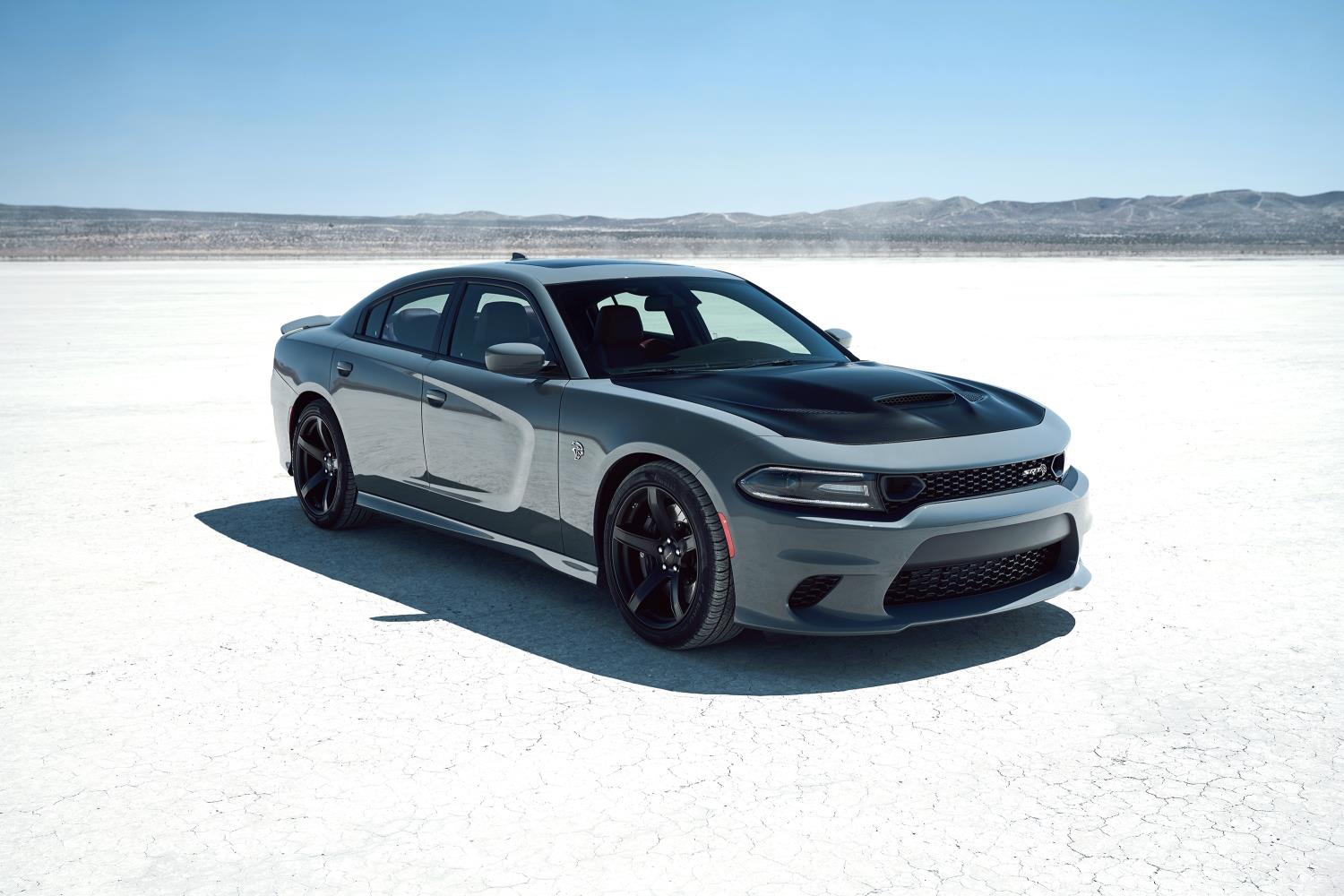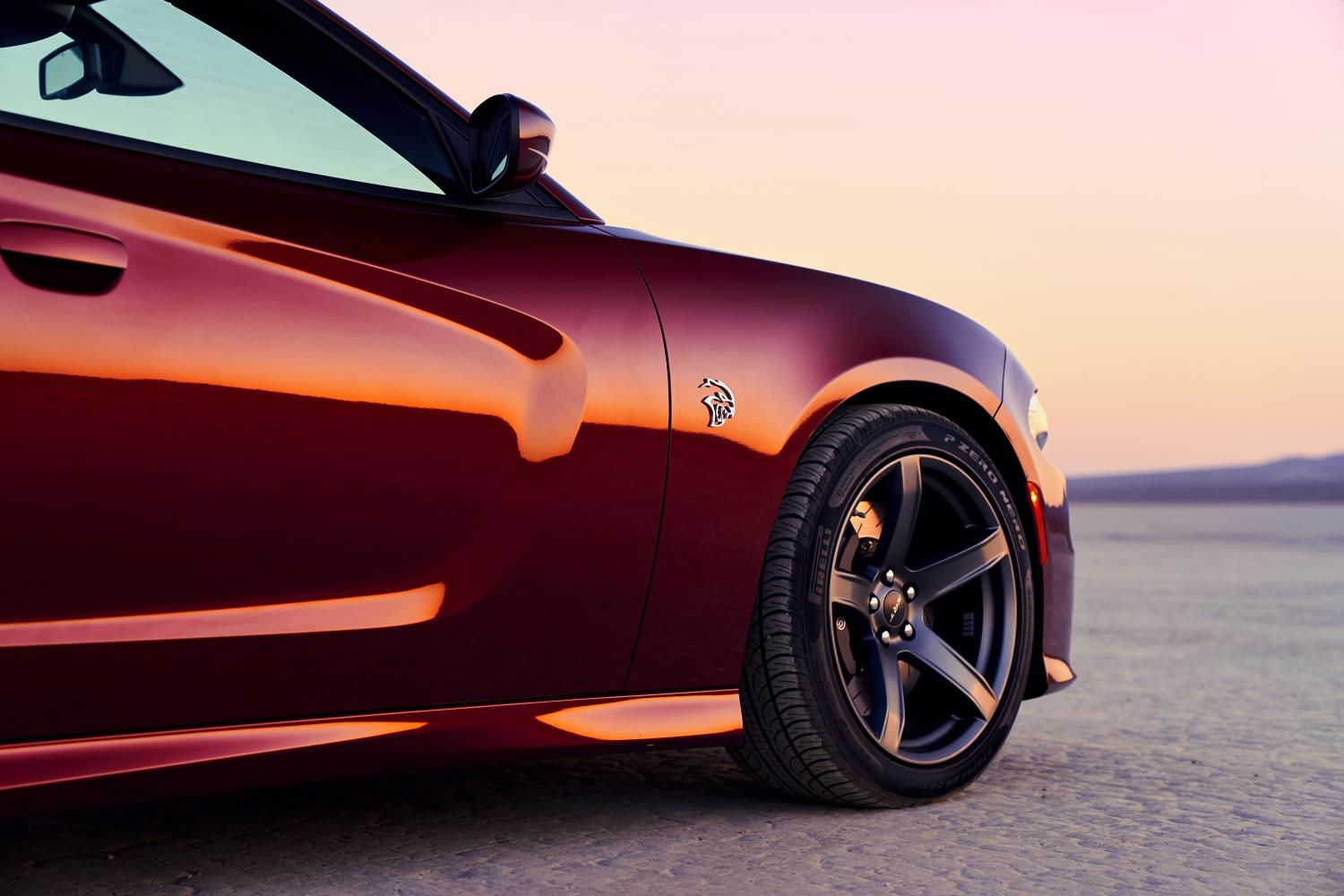The 2019 Dodge Charger is one of the automotive world’s senior citizens. Dodge’s big sedan got its last major update for the 2015 model year and the design dates back even further than that. But Dodge keeps finding ways to tweak and update the Charger, and that process continues for 2019.
The Charger SRT Hellcat returns with a 6.2-liter supercharged Hemi V8. While the Charger’s two-door Challenger SRT Hellcat sibling now makes 717 horsepower and 656 pound-feet of torque, the four-door Hellcat produces the same 707 hp and 650 pound-feet of torque as before.
The Charger Hellcat does get new launch assist and line lock features for drag racing, the latter locking the front brakes for easy burnouts. Also on deck are Torque Reserve, which builds up the supercharger’s boost while the car is staged for a quarter-mile run, and the After-Run Chiller, which keeps cooling the supercharger and charge-air cooler after the engine is shut off to get things back to the proper temperature. All of these features are borrowed from the discontinued Dodge Challenger SRT Demon.
The Charger R/T Scat Pack model also returns for 2019, sitting below the Hellcat in the lineup. The Scat Pack has a 6.4-liter naturally aspirated Hemi V8 making 485 hp and 475 pounds-feet of torque. For 2019, it gets the launch assist and line lock features, plus some styling updates. One rung down from the Scat Pack is the Charger R/T, which uses a 5.7-liter Hemi V8 making 370 hp and 395 pound-feet.
All-wheel drive returns for 2019, but only on the base Charger SXT model with the 3.6-liter Pentastar V6; all other Chargers are rear-wheel drive. A new V6 Charger GT model sits between the SXT and the V8 Chargers, with a higher level of equipment than other V6 models. The Pentastar V6 makes 292 hp and 260 pound-feet in the rear-wheel drive SXT, and 300 hp and 264 pound-feet in the all-wheel drive SXT and GT.
The 2019 Dodge Charger hits showrooms later this year. Pricing for the full lineup will be revealed closer to that time. Updates to both the Charger and its Challenger sibling buy the two cars some time, but it’s unclear what Dodge parent Fiat Chrysler Automobiles’s long-term plans for them are.












